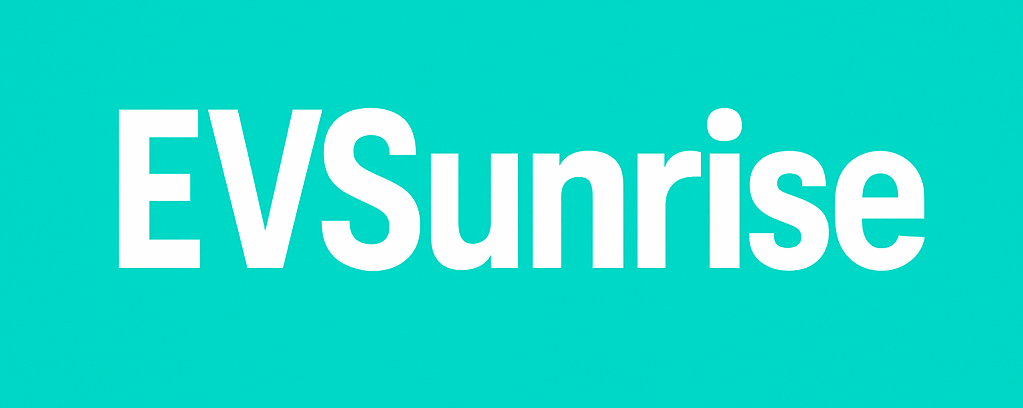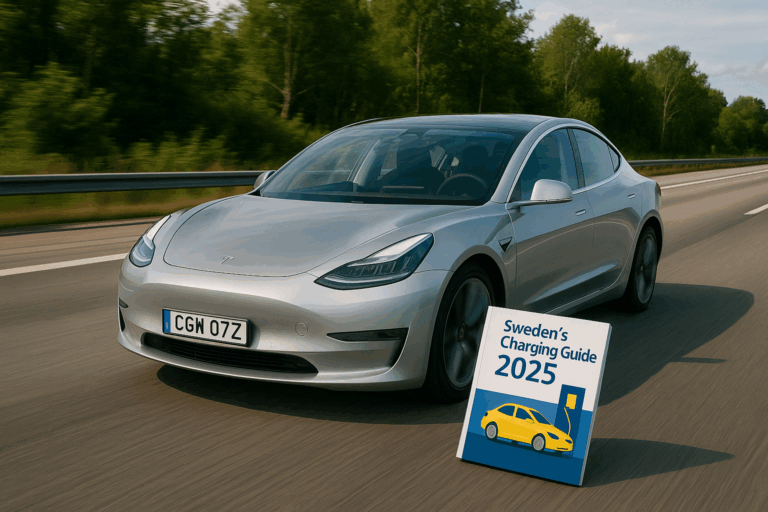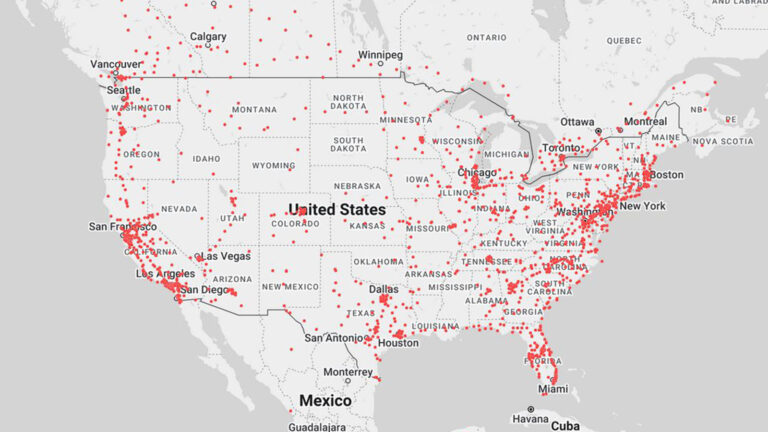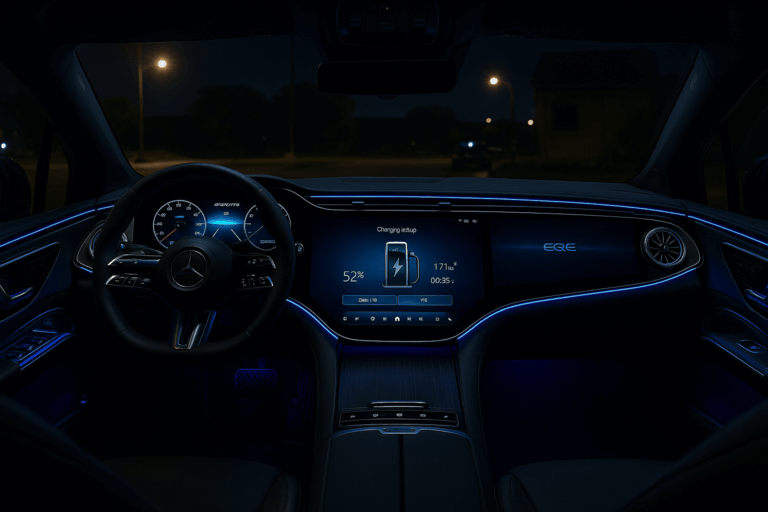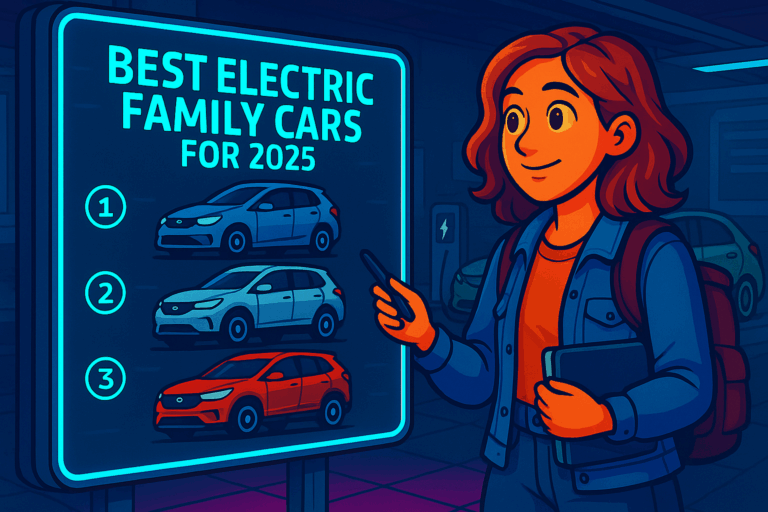Charging in the Concrete Jungle: NYC’s EV Reality 2025
New York’s streets hum differently now. While Manhattan garage signs still flash “No Vacancy,” EV chargers are slowly taking over curbside and parking lots. But what it’s really like to juice up depends a lot on who you are—commuter, driver, entrepreneur, engineer. Let’s zoom into the real voices making sense of the city’s charging scene.
🧑💼 The Daily Commuter (Uber/Lyft drivers)
On Reddit, one driver laid it plain:
“Avoid charging in Manhattan at all costs. … Most level 2 chargers are in paid parking garages … every DCFC is highway robbery.”
The beat-up truth? Street-level DC fast chargers are rare, and when you find them, parking fees sting worse than gas prices. Uber and Lyft drivers—who burn through energy—and then parking money, feel this pinch daily. If they can swing a Brooklyn garage with flat-rate Level 2 charging and tip the attendant (as one owner described: “$5 to fill it up, plus a $5 tip”), it’s a lifesaver.
🏙️ Urban Planners & City Officials
NYC Department of Transportation’s PlugNYC initiative led with clear priorities: “install 98 Level 2 curbside charging ports across all boroughs”. The goal? Make EV ownership possible without garages—thinking of Staten Island brownstones the same as Bronx sidewalks. But progress feels slow.
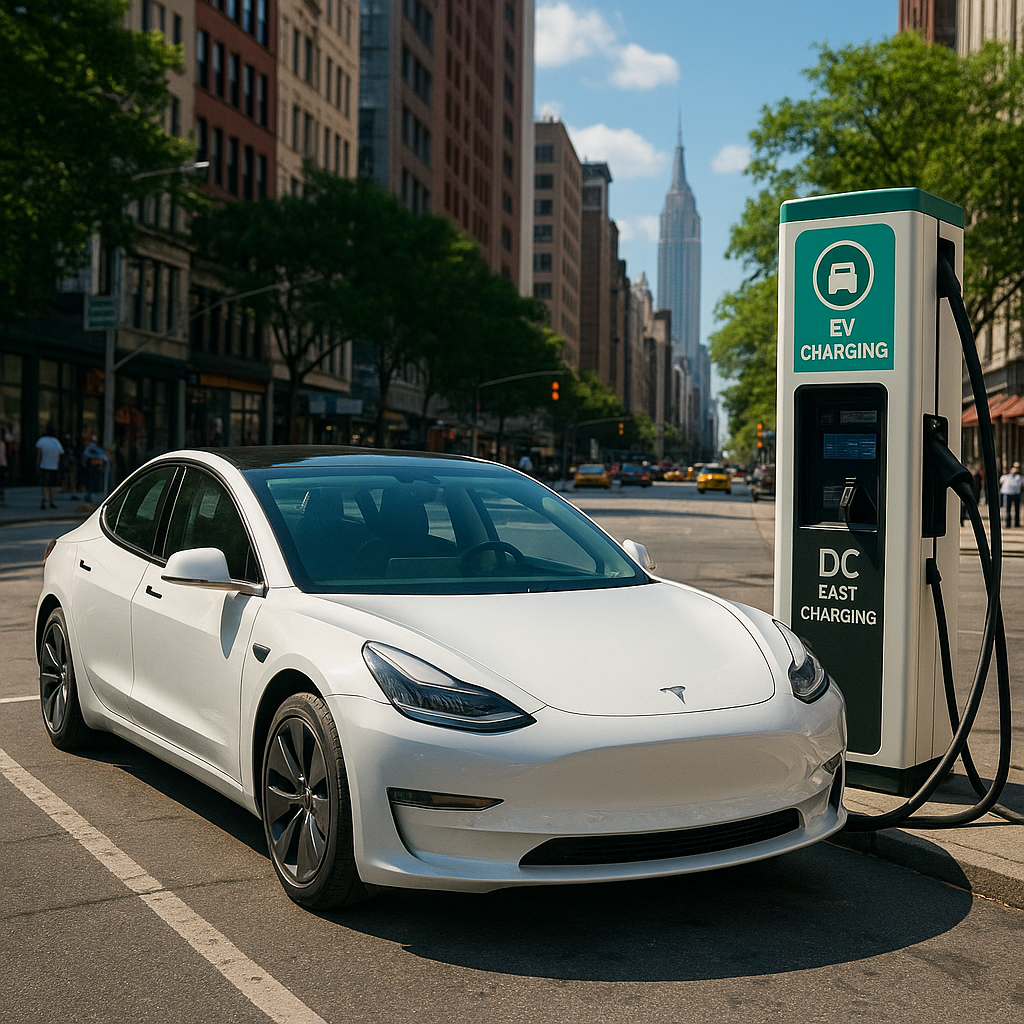
Brooklyn-based startup It’s Electric is turning promise into action: curbside units planted in front of apartments, giving homeowners around $3,500/year for hosting chargers. Their aim: grow NYC’s Level 2 network from ~1,400 to 10,000 units by 2030.
Then there’s Gravity, installing 500 kW fast-charging ‘trees’ in Manhattan garages—essentially putting fast juice where patrons already park. That means fast charging inside garages where cars belong.
🧑🔧 Electrical Engineers & Infrastructure Guys
Local engineers often lament that we’re targeting the wrong chargers:
“Planners need to do away with asking, ‘How long 0–100%?’ Instead they should ask: ‘How long does it take to get enough for your trip?’”
They’re not against fast chargers—but they prioritize the right placement: near homes, workplaces, or highway on-ramps. Reliability is also an issue; many non-Tesla networks face downtime issues, while Tesla, Rivian, etc., maintain their own networks .
🏢 Property Owners & Real-Estate Types
It’s Electric’s curbside units bring passive income. For condo buildings or landlords:
- Idle asset: Front-of-house sidewalk space becomes revenue-generating.
- Attracts tenants: EV-friendly rentals add appeal.
- Smart payback: Owners can offset their own electricity usage—and potentially local grid peak loads.
That said, they dial into logistics: permit hurdles, pay meter installation, and upkeep. Still, paying property owners—rather than subsidy—seems to be bridging gaps fast.
🚘 EV Fleet & Delivery Managers
For companies running EV fleets—think sealivery vans, scooters, or taxis—Revel’s model stood out in reports: building fast-charge hubs funded by ride-hail operations. They install chargers near depots and claim it’s cost-effective and busy-working.
For fleets anxiously scanning constraints, downtown hubs offer self-service 15-30 minute DC fast juice—much better than crawling to highway stations or residential Level 2 outlets.
💡 GIS & Data Analysts
Planners and analysts use NYC datasets—like Felt.com’s public EV station registry showing ~950+ sites in city/Long Island—to model coverage. But some studies showed inequity: wealthier, highway-hot spots have more chargers; low-income neighborhoods and dense transit areas are underserved .
That drives calls for smarter placement, equity-first distribution, and data-driven deployment.
🧑⚖️ Policymakers & Equity Advocates
They worry about fairness. Academia found charging infrastructure skewed away from low-income areas . In response, NYC and startups are combining private investment and public incentives—like rebates in Bronx or Eastern Queens—to bridge that equity gap.
🔍 Sticker Shock & Pragmatic Users
Reddit users describe Manhattan as “miserable” to charge in:
“Public charging in NYC will easily cost as much as gas for an ICE”.
That’s based on DCFC priced per kWh plus steep parking rates. For city dwellers without home chargers, that’s a dealbreaker. Solutions: street-level programs (e.g. It’s Electric), or graveyard garage Level 2 sessions, or worst-case—avoid driving.
🔄 The EV Charging Landscape in NYC Today
Let’s connect the dots:
- Street-side charging is growing via Pilot and It’s Electric—pragmatic and passive.
- Fast DC hubs are appearing in garages and fleet depots—driven by startups like Gravity, Revel, and ChargePoint.
- Network frustration: Tesla + Rivian maintenance > others; non-Tesla gear often unreliable.
- Policy push: DOT + private sector + rebates = increasingly robust but uneven coverage.
- Equity lens: Infrastructure is expanding radically—but still Georgian-draped in gaps downtown.
🎯 What NYC Pros Agree On
- Home-like convenience beats fast wattage. Even Level 2 units that charge overnight are gold.
- Fast charging works for tourists, commuters, fleets—but massive investment is needed for saturation.
- Placement > power: chargers near homes, jobs, on-ramps, and multi-unit buildings offer meaningful benefit.
- Distribution matters: equity isn’t optional—it’s necessary for city-wide adoption.
- Private players (Gravity, It’s Electric, Revel) are filling gaps in novel, localized ways.
📍 Map of Influence: Who Charges Where
| Role / Group | Preferred Charging Venue | Why It Works |
|---|---|---|
| Commuters | Paid garages, Brooklyn Level 2 | Convenience, flat fee, reliable access |
| Ride-hail / Fleets | Fast hubs, garages | Quick turnaround, operational necessity |
| Property Owners | Curbside Level 2 | Passive income, tenant appeal |
| Urban Planners | Distributed network, curbside rollouts | Ensure capacity, visibility, compliance |
| Engineers | Strategically placed fast + reliable networks | Reliability, coverage, standards |
| Equity Advocates | Low-income neighborhood sites | Fair access, convert underserved zip codes |
⚙️ Looking Ahead: The City in 2030
- 10K+ curbside chargers via It’s Electric + DOT initiatives.
- Expanded fast hubs inside neighborhood garages via Gravity and Revel.
- Streetlamp conversions like Voltpost aiming to integrate chargers into everyday street furniture.
- Smart-grid synergy with dynamic pricing and vehicle-to-grid tech.
- New policies: equity-first infrastructure planning, maintenance bonds, standard chargers in all new buildings.
💡 Final Thoughts
In NYC, where every curb, block, and rooftop parking spot is contested, EV charging emerges as a shared contest between tech, equity, economics, and urban design. Different professions approach it like chess players: riders want reliability, planners want coverage, engineers want efficiency—and residents want fairness.
If you’re commuting, you want “find chargers near my garage.” If you’re a fleet manager, you’re locking in hubs and uptime. If you’re a policy geek, you’re mapping charger deserts and advocating for change.
At the end—only real, widespread, affordable infrastructure will let New Yorkers ditch petrol for good. And that’ll take teamwork, not magic.
